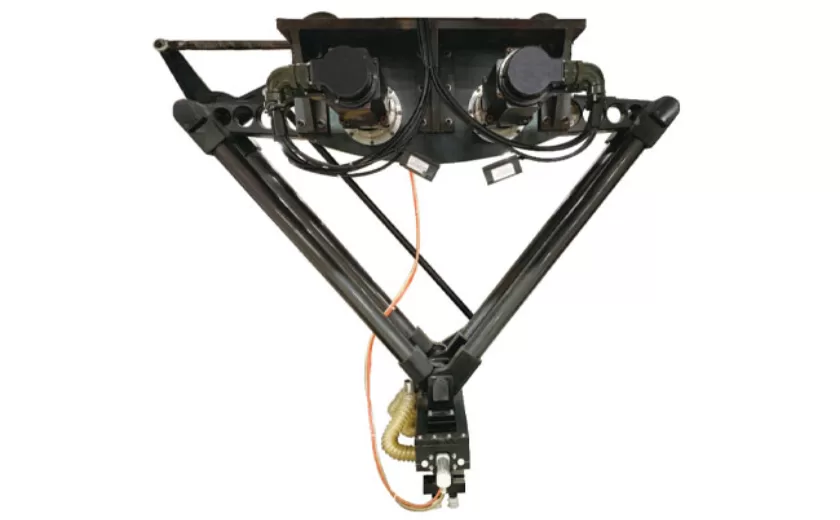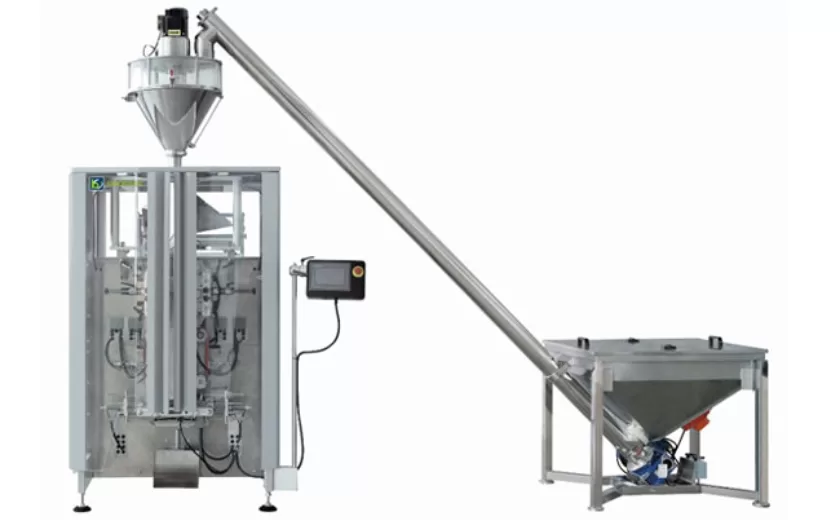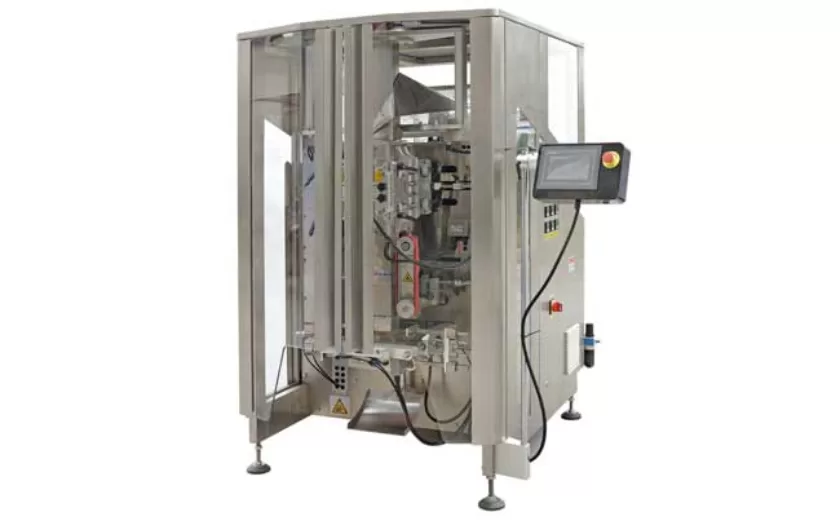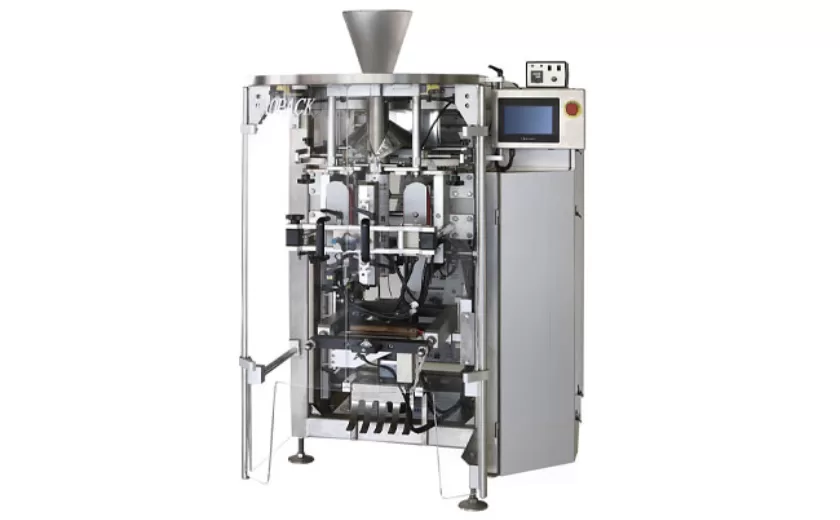How to Integrate Automation into Your Water Packaging Process
Unlock Efficiency and Innovation with Automated Water Packaging
In an era where consumers demand convenience and sustainability, the water packaging industry is facing a surge in demand. To meet these challenges head-on, businesses must embrace automation to streamline their operations and enhance their competitive edge. This article will delve into the transformative power of automation in the water packaging process, providing actionable insights to empower businesses.
Step 1: Optimize Bottle Formation
Automation can revolutionize bottle formation by employing advanced molding machines. These machines precisely shape bottles from raw materials, minimizing waste and ensuring uniform quality. Automated systems also monitor temperature and pressure, resulting in reduced energy consumption and improved production efficiency.
Step 2: Enhance Liquid Filling
Liquid filling presents a critical step in the packaging process. Automated fillers precisely dispense water into bottles with unmatched accuracy. Advanced sensors monitor fill levels and prevent spills, ensuring optimal product quality. Automation also enables real-time data collection, allowing for continuous process improvement.
Step 3: Automate Capping and Labeling
Capping and labeling are often labor-intensive tasks that can benefit tremendously from automation. Automated capping machines securely fasten caps to bottles, reducing the risk of leaks and contamination. Labeling machines apply precise labels to ensure product consistency and enhance branding.
Step 4: Integrate Quality Control
Automated quality control systems inspect bottles and caps for defects, ensuring adherence to safety and hygiene standards. Vision systems and sensors identify imperfections and reject faulty products, safeguarding the integrity of the final product.
Benefits of Automation in Water Packaging
Increased Efficiency: Automation significantly reduces manual labor and speeds up the packaging process.
Improved Product Quality: Automated systems ensure consistency and precision, resulting in higher-quality bottled water.
Reduced Costs: Automation eliminates the need for manual labor, lowering production costs and increasing profit margins.
Enhanced Safety and Hygiene: Automated systems minimize human intervention, reducing the risk of contamination and improving workplace safety.
Sustainability: Automation optimizes resource consumption by reducing waste and energy usage.
Integrating automation into the water packaging process is essential for businesses seeking to gain a competitive edge in today’s demanding market. By embracing the transformative power of automation, companies can unlock efficiency, enhance product quality, reduce costs, and contribute to sustainability. Following the steps outlined in this article, businesses can harness the full potential of automation to revolutionize their water packaging operations and thrive in the years to come.
-
Advanced Packing Solutions: Snacks, Sugar, and Frozen Food Machines
29-10-2025 -
Efficient and Reliable Solutions for Salt, Nuts, and Frozen Dumplings Packing
29-10-2025 -
High-Performance Biscuits, Lollipop, and Ketchup Packing Machines for Modern Food Production
29-10-2025 -
Efficient Liquid Filling and Packing Machines for Modern Production
23-10-2025 -
Reliable Granule Packaging Machines for Efficient Production
23-10-2025 -
Efficient Auger Powder Filling Machines for Accurate Packaging
23-10-2025 -
High-Performance Liquid Filling and Packing Machines for Hygienic Production
10-10-2025 -
High-Efficiency Granule Packaging Machines for Precision and Speed
10-10-2025 -
High-Precision Auger Type Powder Filling Machines for Efficient Packaging
10-10-2025 -
Efficient Vertical Form Fill Seal Packaging Machines for Smart Production
10-10-2025











